The Grand Seiko Kodo Constant-Force Tourbillon SLGT003
Grand Seiko wows the crowds at Watches & Wonders with the world’s first tourbillon and constant-force mechanism on a single axis.
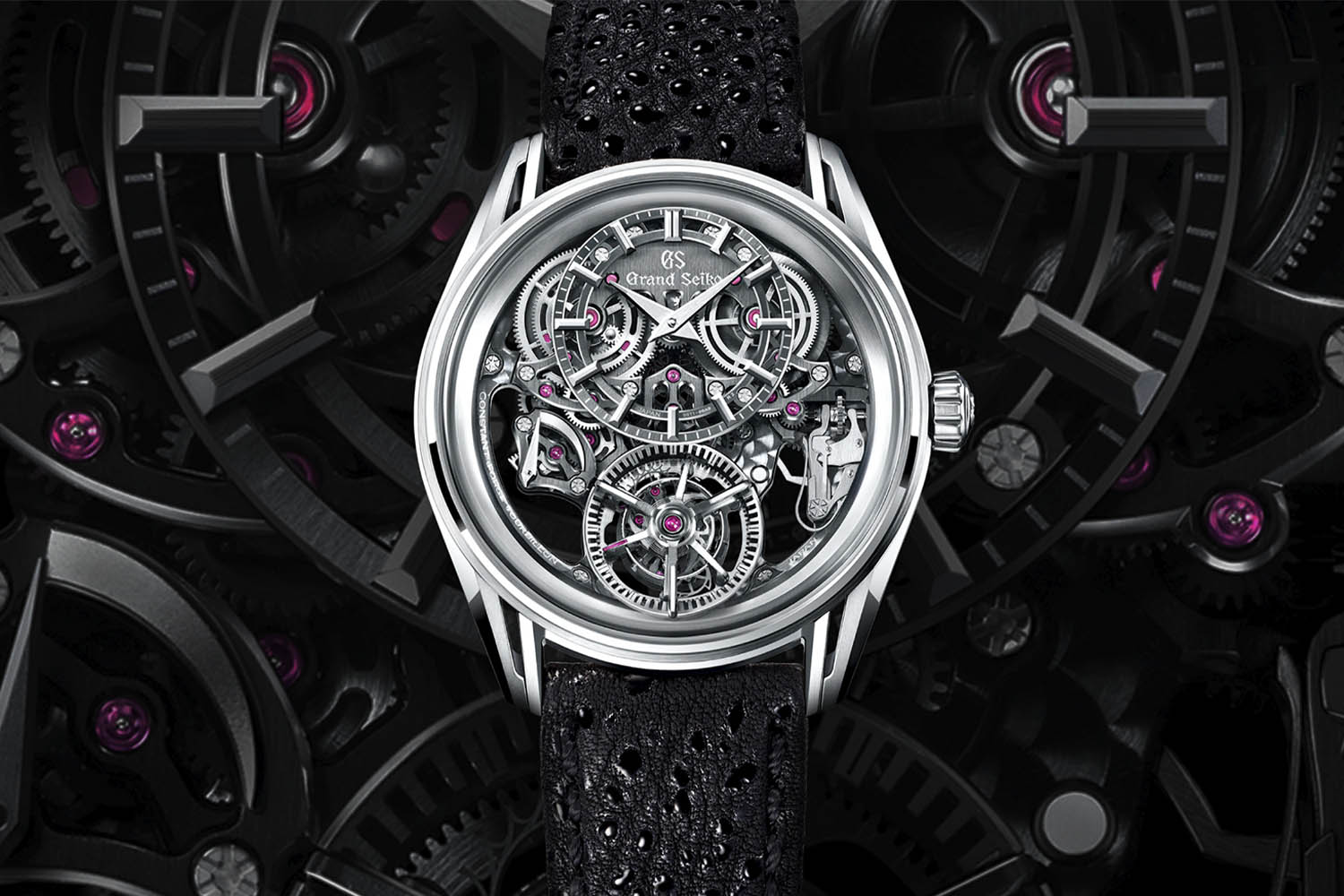
It’s Grand Seiko’s first appearance at Watches & Wonders, and the Japanese brand is out to wow the crowds with its stunning Kodo Constant-Force Tourbillon SLGT003. What was once a concept movement introduced in 2020 has materialised as the Kodo Constant-Force Tourbillon in a radical openworked design that reveals its superlative mechanics and transmits the sounds of its beating heart. Not only does this watch mark Grand Seiko’s first mechanical complication in its 62-year history, but it is also the world’s first combination of a tourbillon and constant-force mechanism on a single axis.
Watches of such mechanical ingenuity and complexity don’t appear out of the blue. Two years ago (see above for the photos of the T0 movement), Brice reviewed the Grand Seiko T0 Constant-Force Tourbillon movement, the brand’s first tourbillon equipped with a constant-force mechanism and the predecessor of the new calibre 9ST1. Although tourbillons are prevalent in high-end watchmaking, Grand Seiko’s movement was revolutionary in marrying the tourbillon to a constant-force mechanism. Without delving into the history of A. L. Breguet’s 1801 patented tourbillon device designed to counteract the effect of gravity on the regulating organ, other forces can disturb chronometry like the variation of the torque of the mainspring. To ensure the constant delivery of power, watchmakers have invented fusée-and-chain and remontoire d’égalité mechanisms. Grand Seiko has used a remontoire or a secondary spring to power the escapement. However, not one but two springs are placed in parallel with double barrels to ensure a steady delivery of torque. What is remarkable about the Grand Seiko movement, however, is that the constant force mechanism and the tourbillon form a single unit and are mounted on a single axis.
Two metals, two mechanisms
The name Kodo is the Japanese word for heartbeat and perfectly describes the openworked design of the watch that offers a view of the beating heart of Grand Seiko’s calibre 9STL. Not one but two metals have been used to craft the 43.8mm case, which is made from platinum 950 and Grand Seiko’s proprietary Brilliant Hard Titanium. In line with Grand Seiko’s reputation for refined hand-finishings, the case displays mirror-polished (Zaratsu) areas and hairline finishings. Despite its fascinating openworked display on both sides, the case is 100m water-resistant.
After two years of intense work by a team that forms part of Grand Seiko’s new Atelier Ginza in Tokyo, the brand unveils its formidable manual-winding calibre 9ST1. Smaller than the original concept movement, the engineering of calibre 9ST1 is extraordinarily complex but the idea of integrating a constant-force mechanism and a tourbillon as one unit on a single axis is relatively simple. Because there are no wheels or other components between the two mechanisms, there is no loss or change in the torque transmitted from the constant-force mechanism to the balance wheel. This leads to an increased duration of 50 hours for the constant-force mechanism and a more stable amplitude of the balance. Together, these characteristics deliver the very stable accuracy of the movement rated at +5 to -3 seconds per day.
Viewed from the dial, the inner tourbillon carriage rotates as the balance vibrates at 8 beats per second and the outer constant-force carriage follows its rotation at exact one-second intervals. The hours and minutes are displayed on a sub-dial at noon; there is a power reserve indicator at 8 o’clock and a small seconds hand on the tourbillon at 6 o’clock. With darkened areas interrupted by bright pink rubies and a host of different finishings, the 340-part movement is emphatically contemporary.
In addition to the visual spectacle, the sounds of the escapement and the once-per-second impulse of the constant-force mechanism can also be heard. The sound is set to a 16th note or semi-quaver thanks to the calibre’s current record as the movement with the highest frequency ever (4Hz) to incorporate a constant-force mechanism.
Light entering the case from the front and back illuminates the high degree of hand-finished components decorated with subtle shade gradations, angles and textures. The limited-edition number 00/20 is engraved on the caseback.
The Grand Seiko SLGT003 is presented with a black calfskin strap that has been painted by hand with Urushi lacquer, a technique similar to the one used to create the hard-wearing material of a Samurai’s armour. The strap is fitted with a platinum triple-folding clasp with a push-button release. A double-sided crocodile leather strap is also included in the package.
Availability & Price
The Grand Seiko SLGT003 will be available in October 2022. The recommended retail price in Europe is EUR 370,000.
For more information, please consult Grand Seiko.com.

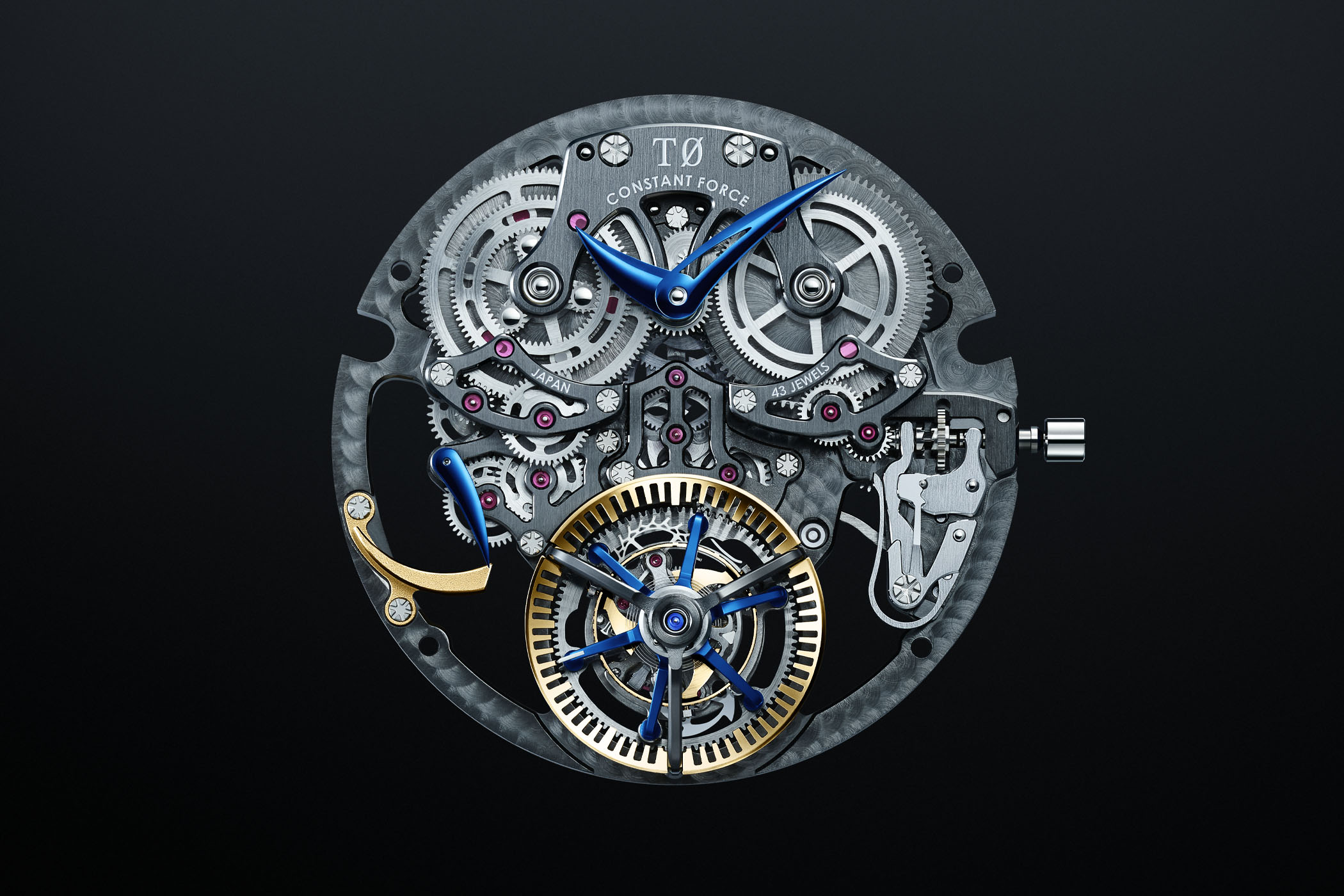
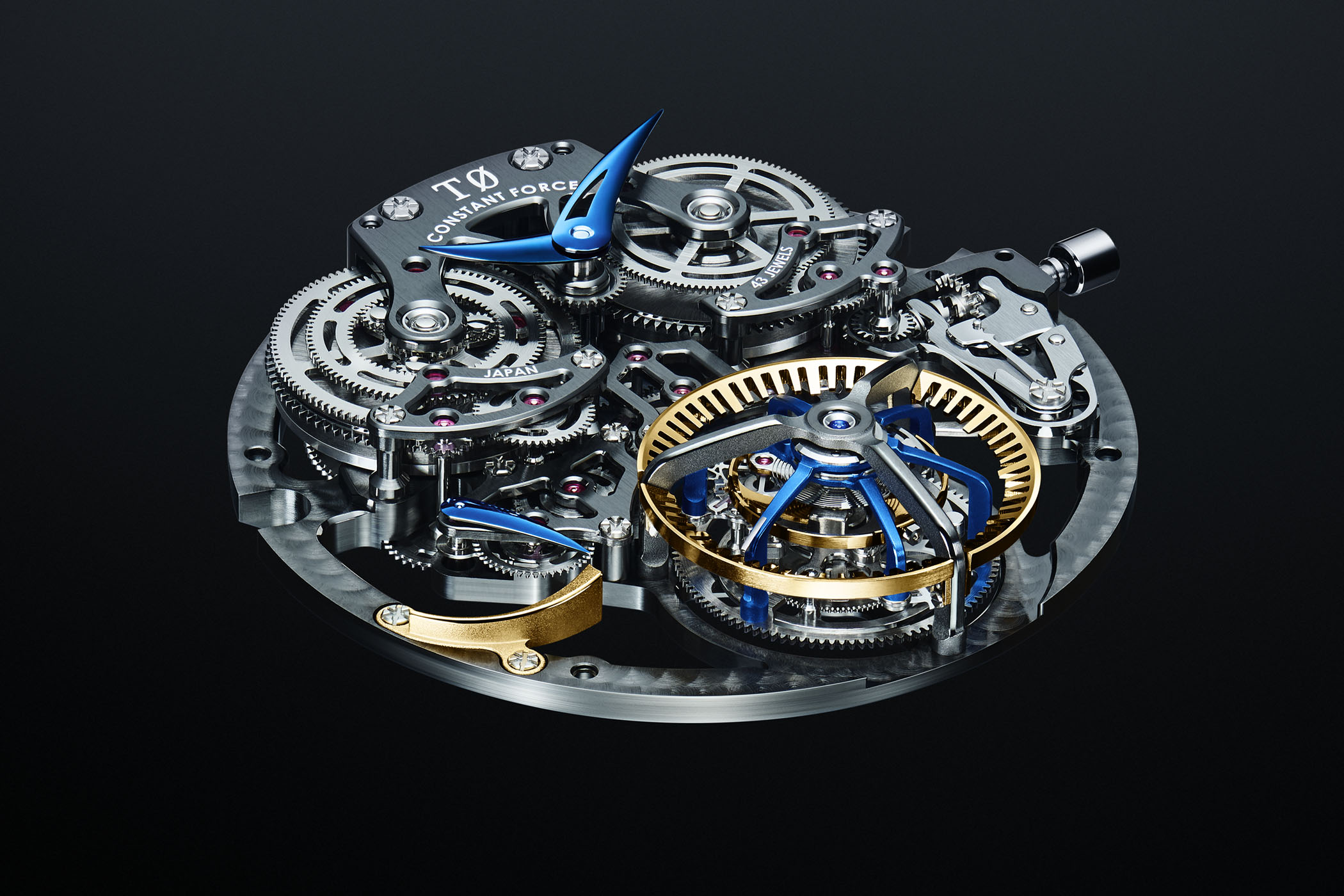
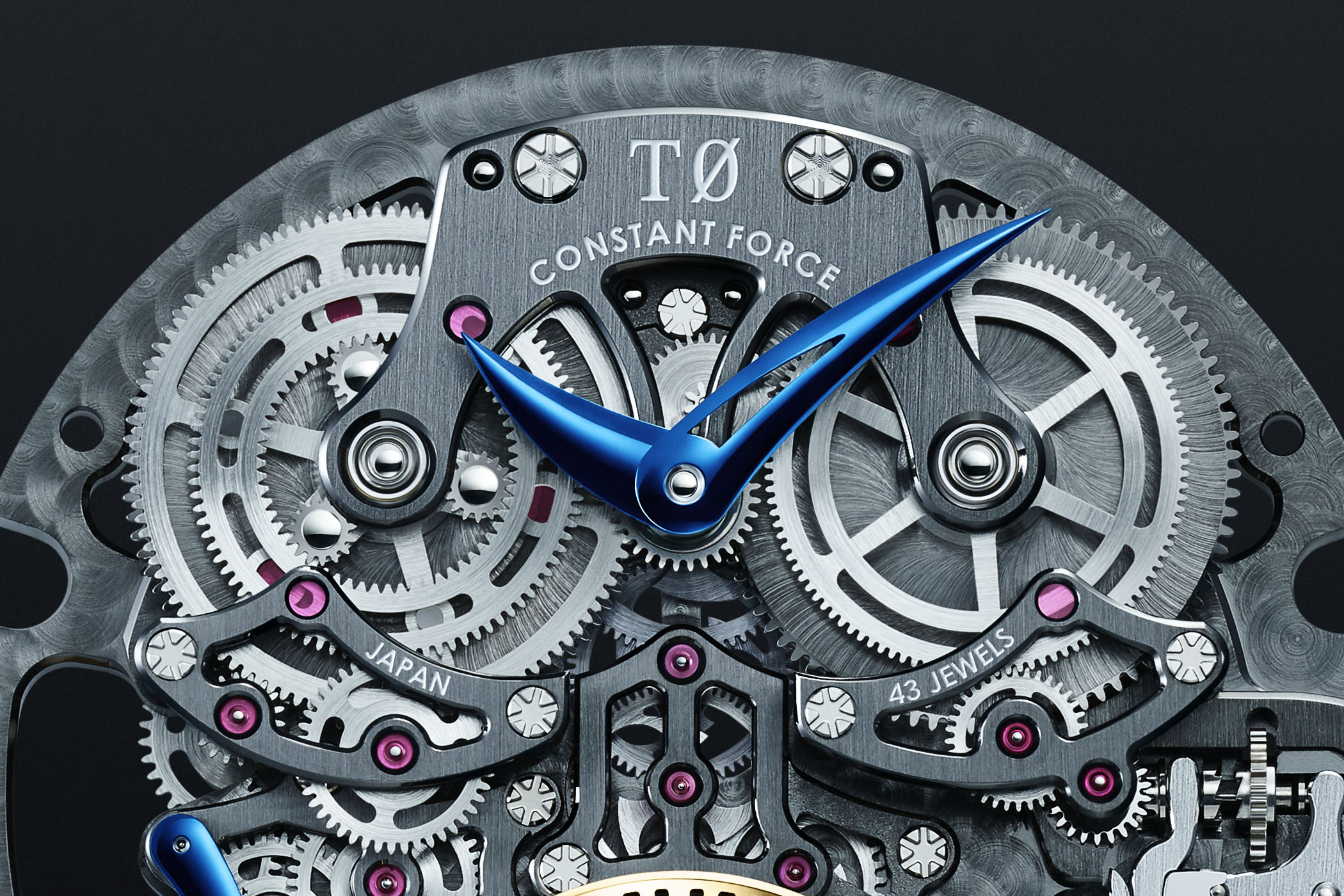
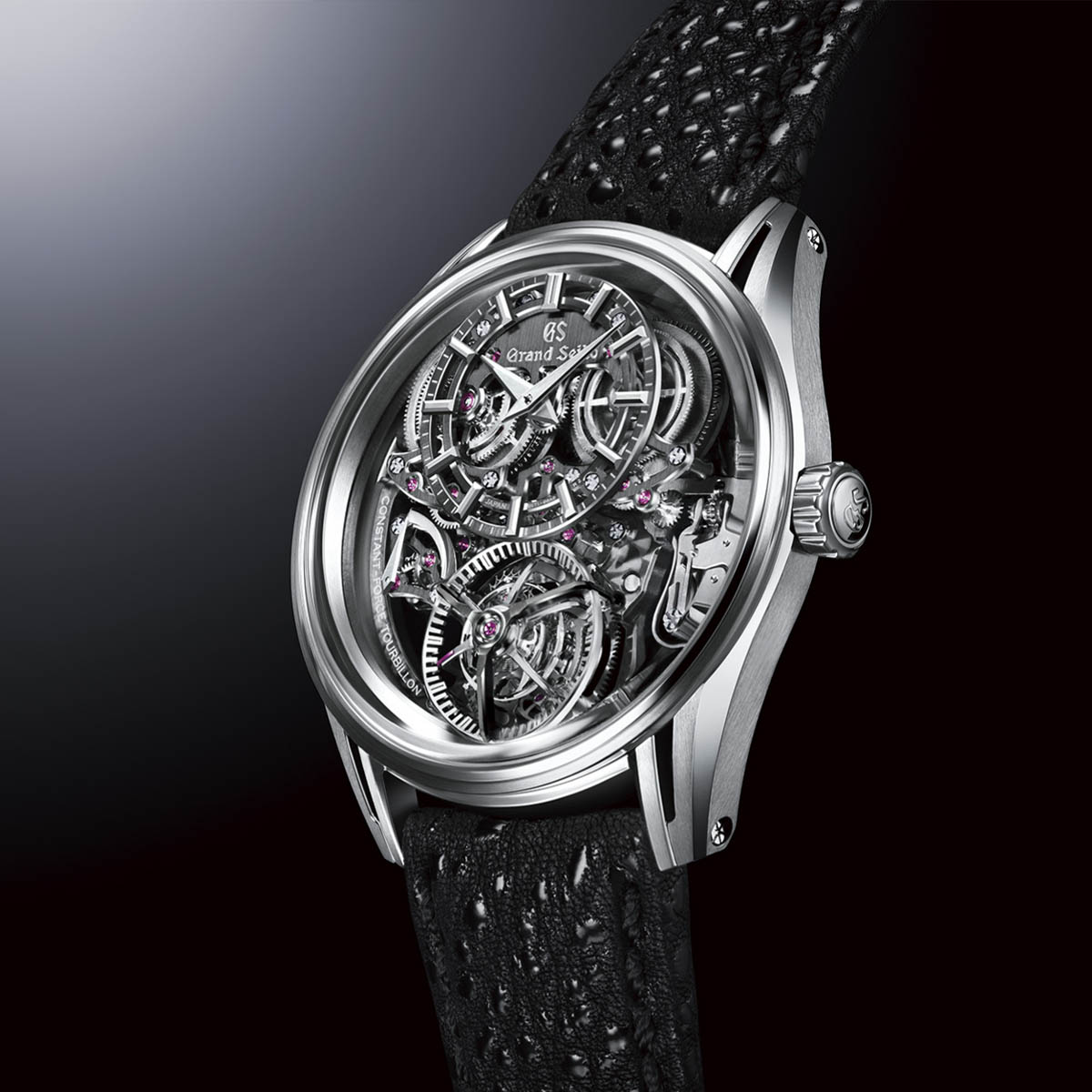
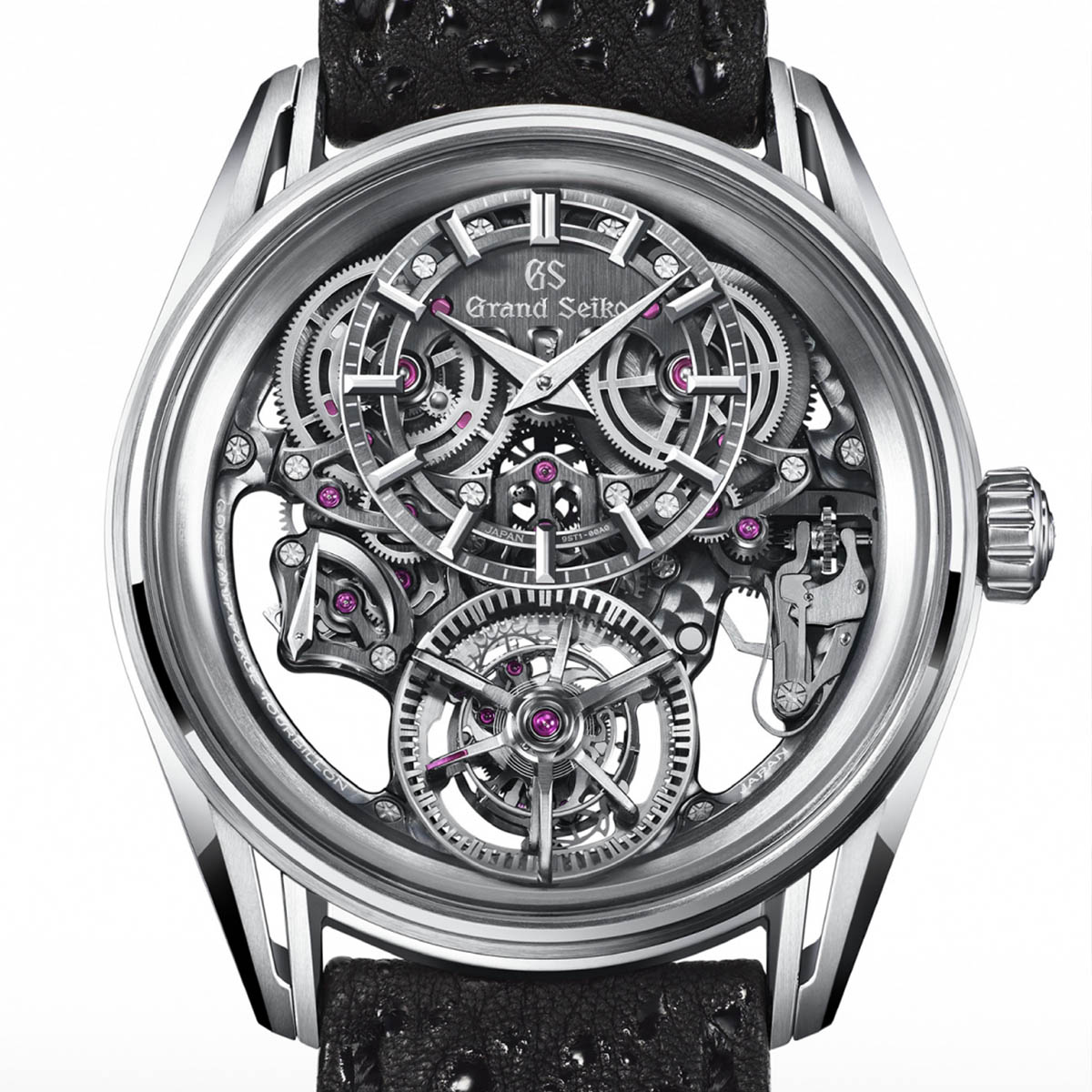
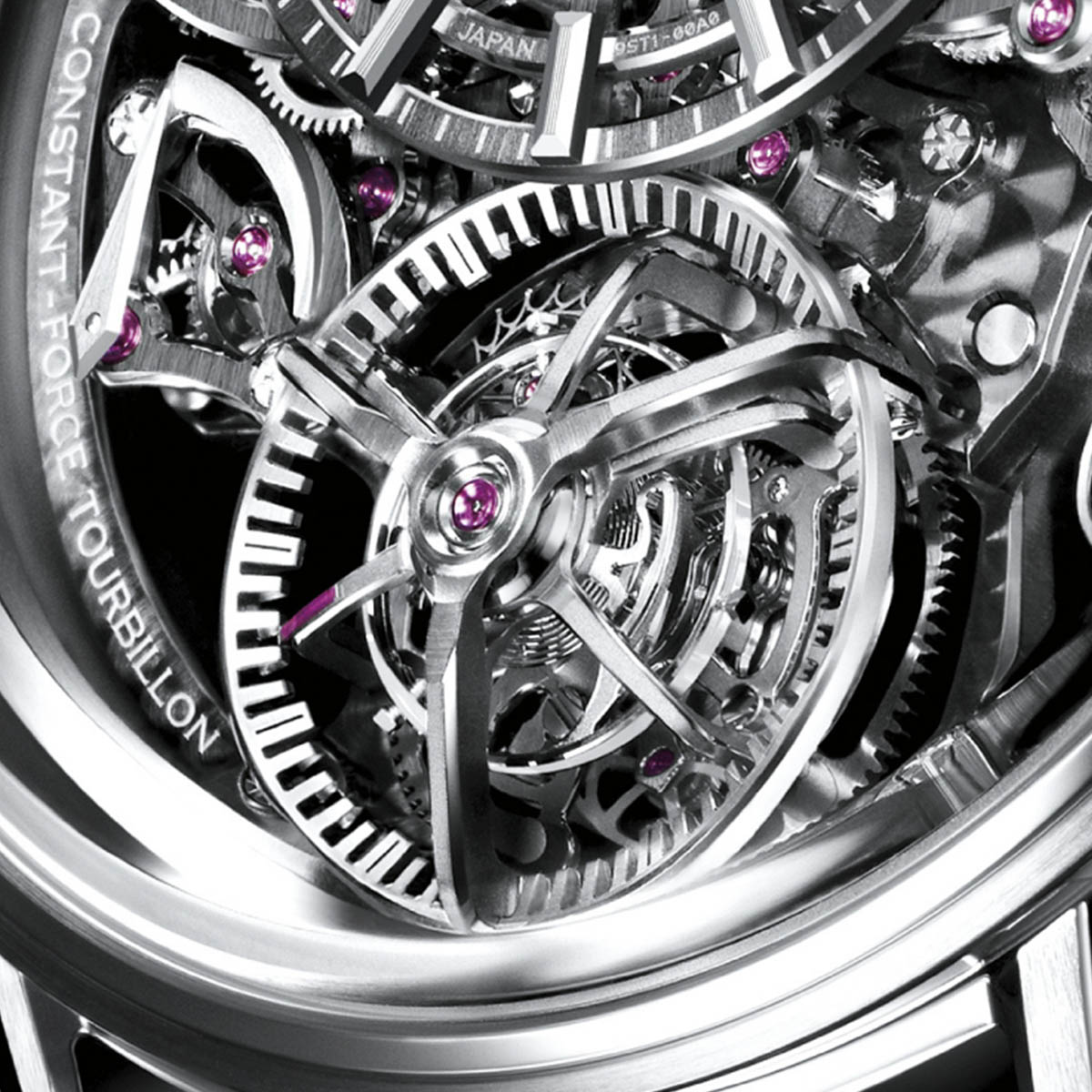





2 responses
Wunderbar! Danke!
It’s a stunning looking watch, but the accuracy specs are a joke.
This will be competing against (although much more expensive than) the likes of DeBethune and Ferdinand Berthoud, GPHG Chronometry award winners. But its claimed accuracy is the same as any current GS mechanical watch, and worse than any current model Rolex.
I know GS, and Seiko, are conservative with their accuracy claims, but this 370k Euro limited edition of 20 is not the watch to do that with.